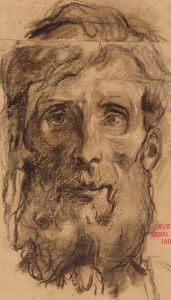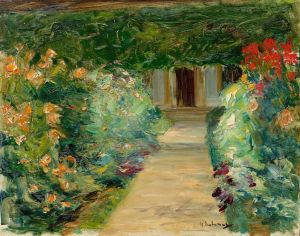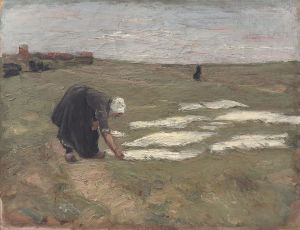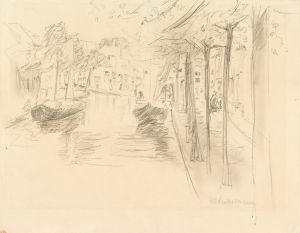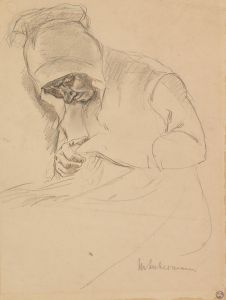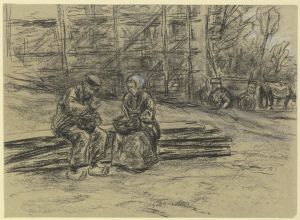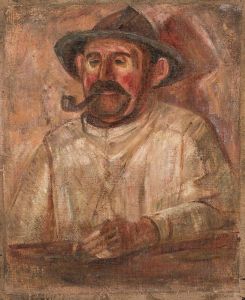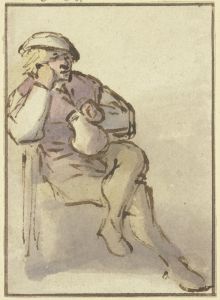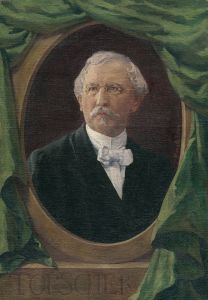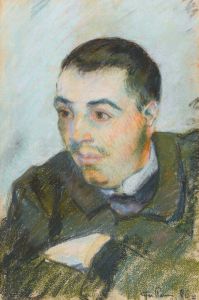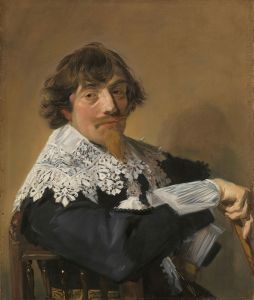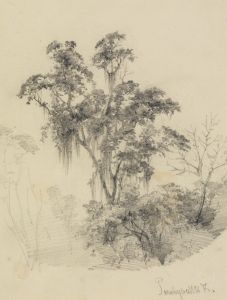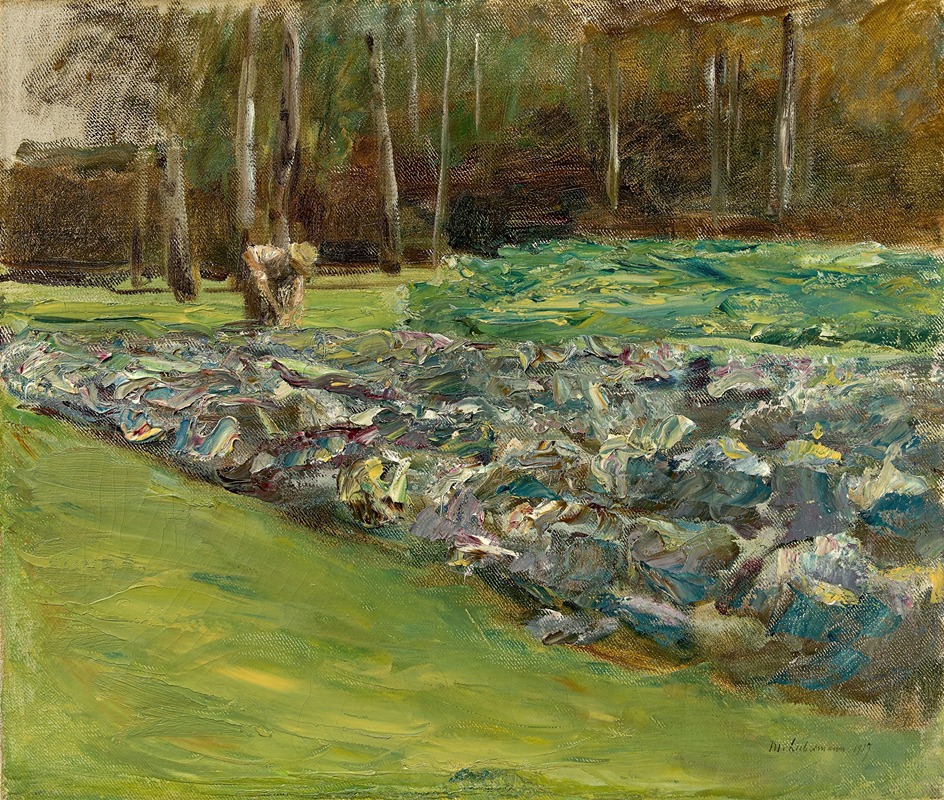
Mann im Kohlfeld – Wannseegarten
A hand-painted replica of Max Liebermann’s masterpiece Mann im Kohlfeld – Wannseegarten, meticulously crafted by professional artists to capture the true essence of the original. Each piece is created with museum-quality canvas and rare mineral pigments, carefully painted by experienced artists with delicate brushstrokes and rich, layered colors to perfectly recreate the texture of the original artwork. Unlike machine-printed reproductions, this hand-painted version brings the painting to life, infused with the artist’s emotions and skill in every stroke. Whether for personal collection or home decoration, it instantly elevates the artistic atmosphere of any space.
Max Liebermann was a prominent German painter and printmaker, associated with the Impressionist movement. His work, "Mann im Kohlfeld – Wannseegarten," is one of the many paintings that reflect his fascination with light, nature, and everyday life. Liebermann was known for his ability to capture the essence of his subjects with a loose, yet deliberate brushstroke, which is evident in this particular painting.
"Mann im Kohlfeld – Wannseegarten" translates to "Man in the Cabbage Field – Wannsee Garden." The painting is believed to have been created during the period when Liebermann spent considerable time at his villa in Wannsee, a suburb of Berlin. This location provided a rich source of inspiration for many of his works, as it offered a serene environment away from the bustling city life. The Wannsee garden, with its lush landscapes and tranquil settings, became a recurring theme in Liebermann's art.
In "Mann im Kohlfeld – Wannseegarten," Liebermann depicts a man working in a cabbage field, a subject that highlights the artist's interest in rural and agrarian life. This theme is consistent with Liebermann's broader body of work, which often focused on the depiction of laborers and the working class, portraying them with dignity and respect. The painting captures the simplicity and beauty of everyday activities, a hallmark of Liebermann's style.
The composition of the painting is characterized by its vibrant use of color and light. Liebermann's technique in this piece reflects the influence of Impressionism, with its emphasis on capturing the effects of light and atmosphere. The brushwork is loose and expressive, allowing the viewer to sense the movement and vitality of the scene. The use of light in the painting is particularly noteworthy, as it creates a sense of depth and realism, drawing the viewer into the tranquil world of the Wannsee garden.
Liebermann's work during this period was also influenced by his interactions with other artists of the time, including the French Impressionists. His exposure to their techniques and philosophies helped shape his approach to painting, leading to a more spontaneous and naturalistic style. This influence is evident in "Mann im Kohlfeld – Wannseegarten," where Liebermann successfully blends his own unique vision with the broader trends of the Impressionist movement.
Throughout his career, Max Liebermann remained a significant figure in the art world, both in Germany and internationally. His contributions to the development of modern art were recognized by his contemporaries, and he held various prestigious positions, including serving as the president of the Prussian Academy of Arts. Despite facing challenges during the rise of the Nazi regime, Liebermann's legacy as a pioneering artist endures.
"Mann im Kohlfeld – Wannseegarten" is a testament to Liebermann's skill in capturing the beauty of everyday life and his ability to convey the subtleties of light and color. The painting remains an important part of his oeuvre, reflecting his deep connection to nature and his commitment to portraying the world with honesty and sensitivity.





